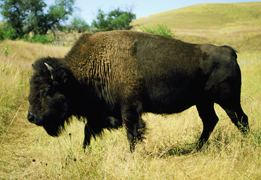In Try This 4 you will begin to explore how rational functions can be used to model real-life phenomena.
Try This 4

Photodisc/Thinkstock
Claire is planning a trip to Wood Buffalo National Park with her friend Ahmed. They decide to meet in Fort Chipewyan and enter the park from there. Claire lives in Calgary and Ahmed lives in North Battleford; both will have to travel 1000 km to reach Fort Chipewyan.
-
- Write the time it will take Claire to travel as a function of her speed.

- Claire estimates that she will stop for 4 h for breaks, fuel, food, and so on. Revise your function from question a. to incorporate this new data.
- Claire knows that Ahmed likes to move quickly. She expects that his average speed will be 10 km/h faster than hers and that he will stop for only 2 h. Write the time it will take Ahmed to travel as a function of Claire’s average speed, and explain what each part of the function represents. Explain how this function was determined.

- Write the time it will take Claire to travel as a function of her speed.
-
- What is a reasonable domain and range for each of these functions? Explain.
- Are there any non-permissible values for either the time or average speed? Explain.
-
- Graph the functions from questions 1.b. and 1.c.
- Explain how the characteristics of each graph are related to the driving plan for Claire and Ahmed.
![]() Save your responses in your course folder.
Save your responses in your course folder.